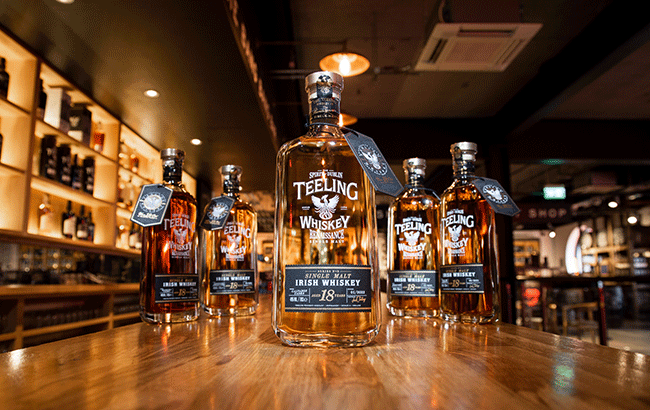Teeling Unveils Birthday Whiskey

Dublin-based Irish whiskey producer Teeling has released a limited edition whiskey named Birthday Batch to celebrate their 10th birthday. Teeling Birthday Batch is a blend of some of Teeling’s oldest single malt and pot still whiskies, matured in ex-bourbon casks, bottled at 46% alcohol by volume [92 proof] and is said to offer notes of […]





